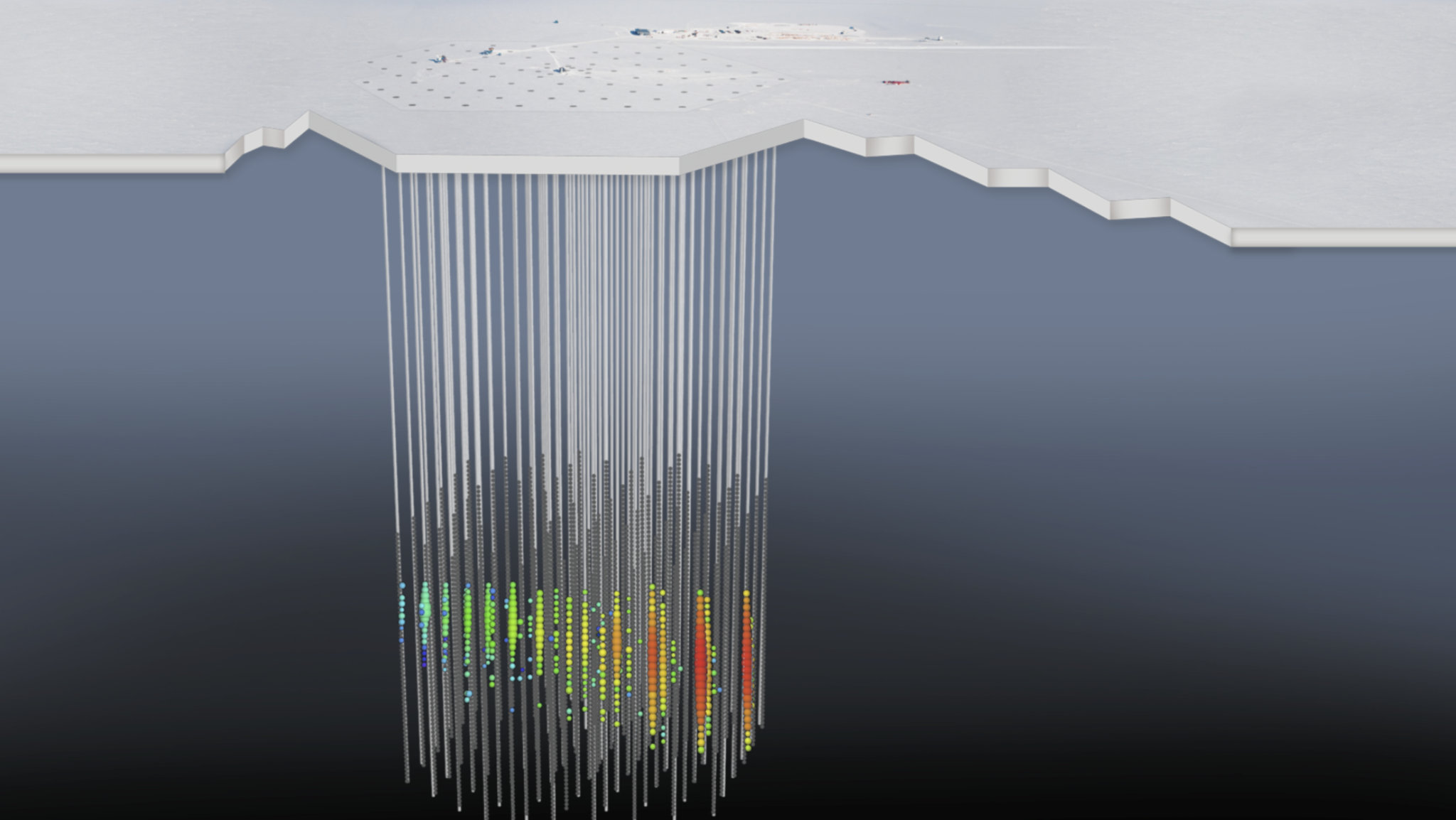Breakthrough in Multimessenger Astrophysics

IceCube is a cubic-kilometre sized neutrino observatory. It detects high-energy neutrinos with 5160 photo-sensors that are installed in the deep ice at the South Pole and record the weak flashes of blue light signalling a neutrino reaction.
On September 22, 2017, IceCube issued a public alert to the astronomical community about the detection of a high-energy neutrino event. The neutrino came from the direction of a previously identified Fermi-LAT-cataloged blazar TXS 0506+056. The Fermi-LAT collaboration reported that this blazar had been in an actively flaring state for several months at the time of the neutrino detection. This initiated further follow-up observations of this blazar by different telescopes, covering electromagnetic signals from the radio to the gamma-ray regime. The coincident detection of a neutrino with electromagnetic signals, and the subsequent identification of previous neutrino emission from the same source in archival IceCube data, mark the advent of multi-messenger astronomy.
With participations in IceCube, in the current and future neutrino telescope projects ANTARES and KM3NeT in the Mediterranean Sea, in the gamma-ray observatory H.E.S.S. and its future successor CTA, as well as intense research activities in X-ray astronomy, ECAP is an excellent position to lead multi-messenger astronomy to a bright future.
More information at IceCube’s homepage; visit also ECAP’s IceCube group page.
